Our Art Specialist Priyanka shares the importance of arts and crafts in developing motor skills in children
Fine motor skills involve the coordination of small muscles in the hands, fingers, and wrists of children, requiring intricate and precise hand movements, control and eye-hand coordination which is the foundation of many everyday tasks.
Being a fundamental aspect of a child’s development, it plays a pivotal role in their ability to perform everyday tasks like being able to feed themselves, do up buttons on clothing and being able to write!
Art and craft are an essential, daily offering at Fennies. Our internal Education Team which includes Art Specialists, prioritise and promote the importance of art activities since they are essential for a child’s physical and cognitive development.
Nowadays, the pressure for children to learn to read and write early is huge without realising that it is a step-by-step process that requires a solid foundation.
In this article, we will explore the multifaceted relationship between fine motor skills and art and craft activities. How they enhance fine motor skills for young children, how gross motor skills are directly linked to it and the crucial role parents play in fostering the children’s development in this regard.

Art and craft and its role in enhancing fine motor skills
Art and craft activities engage children in precise hand movements, stimulating their hand-eye coordination, grip strength, and hand dexterity, while encouraging creativity and problem-solving. When children engage in these activities, they are unknowingly refining their fine motor skills.
The act of holding and manipulating art supplies like crayons, pencils, scissors, and brushes strengthens the muscles in the fingers and hands, leading to improved control and grip strength.
Mark making, drawing, and colouring, for example, require precise movements as children the mark making tools and exert pressure on the materials, strengthening the muscles in their fingers and hands. As they transition from a fist grip to a tripod or pincer grip (using thumb and two fingers), they improve their fine motor skills.
Consider a young child clutching a crayon for the first time. Initially, they might use a fist grip, but with practice, they develop the dexterity required for a more mature tripod grip. This transition is a clear indication of fine motor development. As their grip strength increases, children can manipulate objects with more control and precision.
Folding paper, threading beads, working with playdough and cutting encourage hand dexterity and control, essential for tasks like writing and buttoning clothing.
Art and craft activities often involve intricate movements that enhance finger dexterity and control. For example, folding paper to create origami or constructing three-dimensional crafts challenges children to use their fingers in precise and coordinated ways. These activities require them to manipulate small folds, creases, and edges, fostering fine motor dexterity.
Additionally, activities like threading beads onto a string or using playdough for sculpting stimulate finger dexterity. These exercises demand the coordination of multiple fingers to complete tasks successfully, which, over time, contributes to better hand control. Cutting is another fine motor skill-enhancing activity. As children manipulate scissors to cut paper, they are refining their hand-eye coordination. Learning to cut along lines or shapes contributes to their ability to control the movement of their hands accurately.
Creating art and craft projects involves an understanding of spatial awareness, enhancing cognitive and spatial skills.
Art and craft projects frequently require children to understand spatial relationships and proportions. Whether they are drawing a scene or arranging pieces for a collage, they are learning to make sense of the physical world. This engagement with spatial elements can enhance their cognitive and spatial skills, which are fundamental for academic success. When children work on collages or mosaics, they develop an understanding of how smaller pieces fit together to create a whole. This type of problem-solving activity not only reinforces fine motor skills but also stimulates their spatial intelligence.
Art and craft activities demand patience and focus from young children. Engaging in these tasks requires sustained attention to detail, consequently, teaching children to concentrate on their work and see it through to completion. These activities teach them that good results often require time and dedication.
They also help children practice delayed gratification, a valuable skill that has a positive impact on their ability to set and achieve goals in the future.
Art and craft activities offer children opportunities to solve problems and think creatively. When they encounter challenges, such as a piece not fitting as expected in a craft project, they must find creative solutions. This problem-solving process not only enhances their cognitive development but also nurtures their ability to think outside the box. Children learn that there is often more than one way to approach a problem, fostering flexibility and adaptability in their thinking. They experiment with different techniques and materials, which not only improves their fine motor skills but also sharpens their creative problem-solving abilities.
Art allows children to express themselves, fostering creativity and imagination, which are vital for cognitive and emotional development. Self-Expression and Art come hand in hand. It allows children to communicate their thoughts, emotions, and experiences in a visual and tangible way. By engaging in art and craft activities, children can convey their inner worlds and personal narratives. The act of creating art encourages emotional expression and fosters imagination. When children feel free to express themselves through art, they develop self-awareness and gain confidence in their abilities. This aspect of self-expression is closely tied to fine motor skills, as children use their hands to give shape to their thoughts and feelings.
Art and craft activities offer sensory experiences through different textures and colours, which can be beneficial for sensory processing and integration.
Art and craft activities offer various sensory experiences. Different textures, colours, and materials engage the senses, providing sensory stimulation that is beneficial for sensory processing and integration. Sensory play is a vital part of early childhood development, as it helps children understand their environment and how they fit into it. Through tactile experiences, such as play dough or touching various materials, children improve their sensory discrimination and learn to distinguish between different textures.
Sensory exploration can also help children with sensory sensitivities adapt to new sensations, making them more comfortable in various environments. This adaptability is crucial for their social and emotional development. In educational settings, art and craft activities are designed to align with specific learning objectives.
To foster creativity and fine motor skill development, a wide range of age-appropriate, non-toxic art supplies and craft materials should be accessible and available to offer opportunities for sensory exploration under proper supervision.

Below is a list of such art materials, tools, and activities:
- Playdough: A wonderful sensory activity, manipulating playdough by rolling, squishing, cutting, pushing, and shaping is great fun and helps strengthen hand muscles that are so important for control and ultimately, handwriting! **Basic recipe for natural playdough included at the end of the article
- Mark making tools: Access to a variety of tools for e.g., crayons, pencils, colour pencils, chalks, markers, felt tipped pens, charcoal all require children to use their fingers and hands with precision, enhancing fine motor coordination.
- Safety Scissors: Cutting paper with safety scissors helps children refine their hand-eye coordination and scissor control.
- Sticking: Applying glue with a glue stick or glue spreader encourages controlled movements and improves hand dexterity.
- Paintbrushes: Painting with brushes involves delicate strokes, encouraging fine motor coordination and finger control. A wide range of thicknesses of brushes will elicit a different response from the children exercising the difference in pressure they may use.
- Beads, string, and buttons: Threading beads onto a string or wire and threading string/yarn/wool through holes in cards promotes fine motor dexterity, precision, finger strength and coordination.
- Stickers: Peeling and placing stickers require precise finger movements, making them a fun way to develop fine motor control.
- Clay: Following on from playdough and, being a bit harder to manipulate for little hands, progressing to creating sculptures or shapes with modelling clay enhances hand strength and fine motor skills. Leave tools like paper straws out for them to poke holes through the clay with! It is also a great medium to do multi-stage projects with the children allowing them to work on their piece over a few sessions. (They may want to paint their sculptures after they dry, or they may want to enhance their sculptures by sticking things on it and they may want to apply a glue or a varnish like ‘Mod Podge’ to finish off their artwork)
- Paper: Tearing, cutting, folding, and manipulating paper improves finger dexterity and coordination. Cutting and gluing various shapes and pieces of paper is an excellent way to develop fine motor skills and using it as a standalone medium to create collages or add to their existing artwork by adding layers and textures
- Pipettes, inks, food colouring and watercolours: Using pipettes to drop watercolours, inks or food colouring onto paper is a fun activity that demands fine motor precision and control. It is also a great way of exploring colour mixing and discussing concepts like gravity.
- Chalk: Drawing with chalk on a pavement, patio, external fence, wall, or chalkboard involves different hand movements and the involvement of gross motor skills.
- Stamping: Stamping designs with rubber stamps or homemade stamps for e.g., vegetable stamps (make stamps from fruit and veg by cutting them cross-section) encourages controlled hand movements and precision.
- Tweezers: Using tweezers to pick up small objects or beads is an excellent way to develop fine motor control and hand strength.
- Hole Punches: Operating a hole punch to create holes in paper requires finger strength and hand-eye coordination. Create a larger project by threading and connecting the hole-punched pieces of paper together as a train, a book or even a large wall hanging!

How gross motor skills are linked to the development of fine motor skills
The Foundation for Fine Motor Skills lies in the development of gross motor skills which encompasses larger muscle group movements and are associated with activities such as running, jumping, crawling, and climbing.
From an arts and crafts perspective, this would translate to examples like, children drawing with chalks on pavements, patios, and walls outdoors with chalks, mark making vertically like drawing or painting at an easel standing up, using rollers on a large surface which makes them reach up and across or even building junk-modelling sculptures and towers which would make them lift, stack, adjust and assemble.
These are all activities that has huge benefits to the development of hand-eye coordination and crossing the midline. Hand-eye coordination is the ability to perform movements with hands while being guided by the eyes and the midline referred to is the imaginary line that goes vertically down the centre of the body.
Although gross and fine motor skills may appear distinct, they are intricately interconnected in a child’s development. Developing gross motor skills provides the foundational strength, balance, and coordination necessary for fine motor skill development. This improvement in gross motor skills supports children’s ability to develop fine motor skills more effectively.

Parental involvement and Fennies home-learning videos
Parents play a vital role in nurturing their child’s fine motor skills through art and craft. Engaging in creative activities with children can be a bonding experience and an opportunity for parents to actively participate in their child’s development.
At Fennies, we pride ourselves in the strong relationships we build with our families. To ensure that the children carry on their learning at home and have fun with their families while doing so, we have a dedicated internal YouTube channel accessible to parents. The home learning videos within the channel include art ideas which can be easily facilitated at home with minimal supplies.
You can watch some of our home learning videos here! https://youtu.be/nJQp25E-j8U

Here are some ways parents can support fine motor skill development through art and craft at home
Participate and show interest
Active parental involvement in art and craft activities fosters a strong parent-child bond and encourages children to take pride in their work, boosting their self-esteem and self-expression.
Demonstrate techniques
Parents can demonstrate techniques and skills to children, showing them how to hold a crayon or brush, cut, and fold, enhancing their fine motor control.
Encourage creativity
While providing guidance and teaching techniques is valuable, parents should also encourage their child’s creativity. Allowing children to explore their own ideas enhances independent thinking and the benefits from exploring the process rather than focussing on the end-product.
Celebrate achievements
Praise your child’s efforts and celebrate their artistic achievements, no matter how small. This recognition boosts self-confidence and motivation for further development.
Set up regular art time
Establish a routine for art and craft time, allowing children to anticipate and look forward to creative sessions, enabling them to progressively practice and improve their fine motor skills.
Engage in collaborative projects
Collaborative art projects can be a fun way for parents and children to work together, promoting teamwork and bonding, while enhancing fine motor skills.
Adapt to age and skill level
Tailor art and craft activities to a child’s age and skill level, ensuring that they are appropriately challenged and engaged.
Incorporate educational elements
Integrate educational concepts into art and craft projects, reinforcing learning while developing fine motor skills.
Display and Celebrate Artwork
Showcase your child’s artwork at home, giving them a sense of accomplishment and pride. This motivates them to continue refining their fine motor skills through art and craft.

Conclusion
Art and craft activities provide a rich and enjoyable environment for young children. Besides being a platform where young children can express themselves, nurture their imagination, communicate, explore, experiment, and have fun, it is important to recognise its role in fostering fine motor skills and its profound impact on children’s overall growth and development.
**Basic recipe for natural playdough (as promised!)
Ingredients:
This makes 1kg.
- 2 cups all-purpose flour
- 1 cup table salt
- 2 cups room temperature water
- 1 tbsp vegetable oil
Mix well together and enjoy!
FAQ
Subscribe to our newsletter
Stay up to date with Fennies news


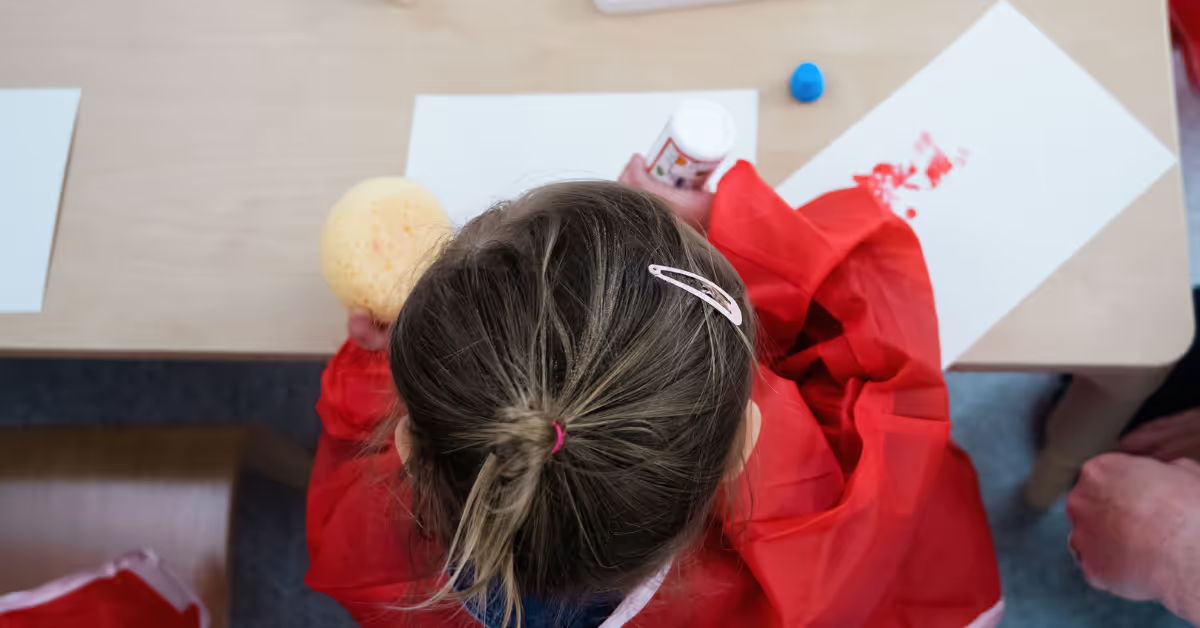
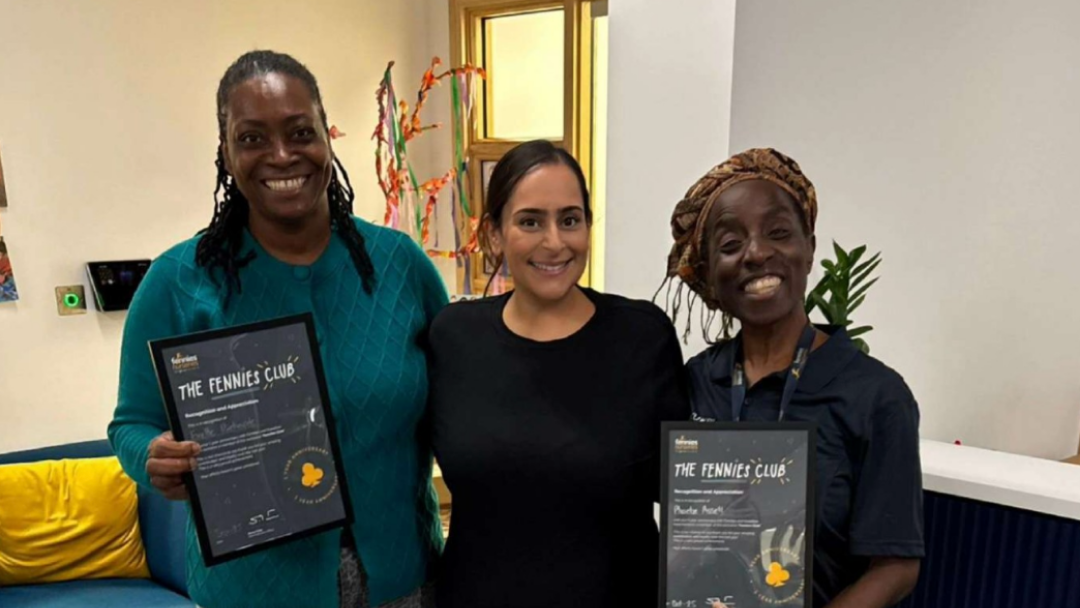
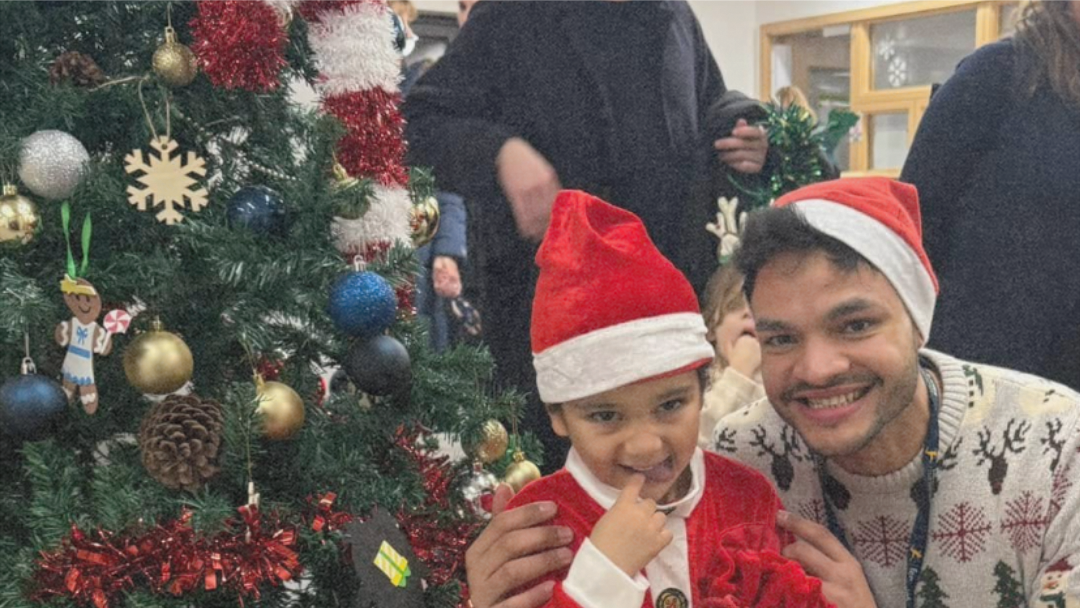
.png)
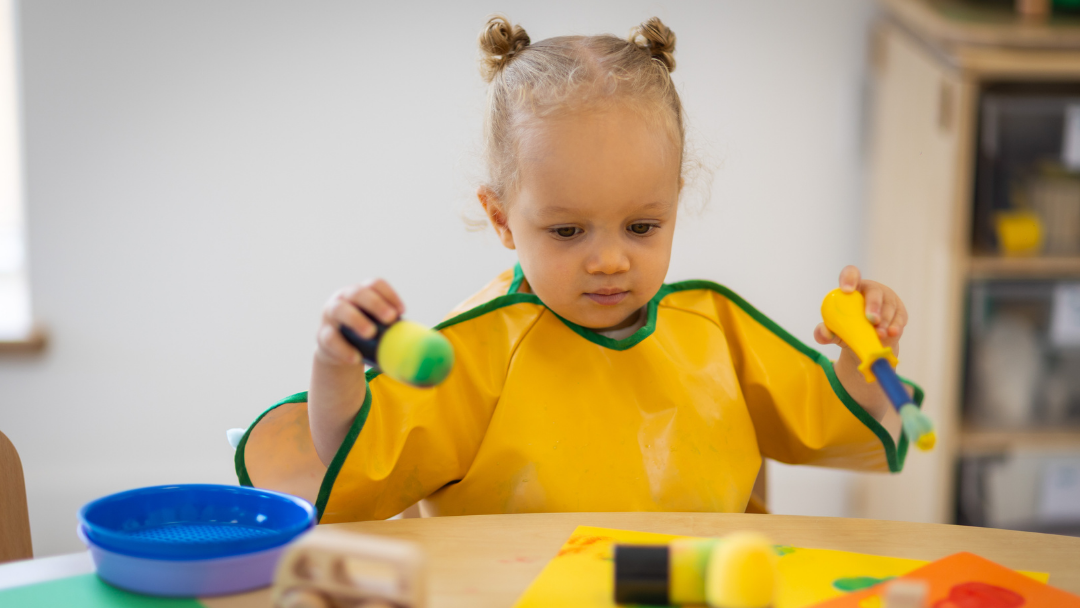


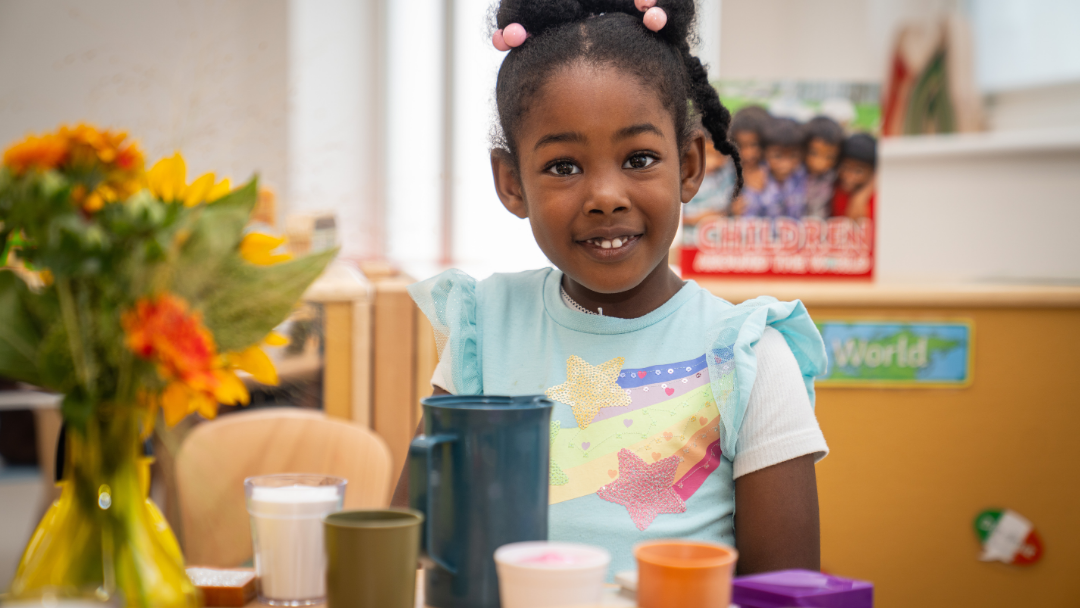
.png)